Back in 2017, Studio Koba introduced the world to Narita Boy, a game that drew its name from Tokyo’s second-largest airport. At first glance, it seemed like a perfect fit for Kickstarter. With its sleek pixel art characters set against a neon, side-scrolling backdrop, it exuded a distinct ’80s anime charm, enhanced by modern visual effects. It also boasted an intriguing backstory of Eduardo Fornieles, a former member of Friend & Foe, returning to his roots to craft the game he’d always dreamed of making.
Initially, Narita Boy was just a captivating concept, but that was all it needed to soar past its crowdfunding goals. Fast forward four years, and the game finally launched, emerging as one of Kickstarter’s more impressive gaming triumphs. Visually, it was like stepping into a cartoon, while gameplay offered a surreal twist on the classic action-adventure formula. However, its simple combat mechanics and text-heavy screens occasionally dampened its momentum, creating a slight disconnect between how the game looked and how it felt to play.
Now, the studio has moved on to their next project, Haneda Girl, which sidesteps those issues. Announced last year, and with a demo available on Steam, Haneda Girl—named after Tokyo’s largest airport—shifts gears into a different kind of adventure. It’s labeled an action-platformer rather than a direct sequel, offering faster movements, more responsive controls, and demanding precision as players navigate wall jumps and evade incoming fire.
In this game, you step into the shoes of Chichi Wakaba, a protagonist armed with a sword who can zip across the screen in mere seconds. Though she lacks ranged attacks, her skills allow her to approach stealthily, activate “ghost mode” to dodge lasers, or slash through panels to trap foes below, reminiscent of the mechanics in the classic BurgerTime. But watch out—she’s incredibly fragile, succumbing to a single bullet hit.
The game adds a strategic layer with M.O.T.H.E.R., Chichi’s mech partner. She can hop in and out of this cumbersome yet powerful ally, equipped with a robust machine gun turret and capable of withstanding multiple hits before temporarily retreating.
As I navigated the demo, I found myself swapping frequently between Chichi and her mech. Whether it was charging her attacks, absorbing the enemy’s assaults, or just putting out a barrage of gunfire, M.O.T.H.E.R. provided varied tactical options that often turned the tide in my favor. The game’s level design cleverly nudges players to switch tactics, with tight passageways and towering obstacles crafted for Chichi and enemy-laden zones perfect for the mech to tackle. There’s potential for speedrunning the game mostly with Chichi, but the dynamic balance between the two characters made the demo thoroughly engaging. Each stage left me wrestling with the impulse to charge ahead versus pausing for strategic planning—followed by a burst of action-packed chaos.
Of course, sometimes I threw caution to the wind and faced a quick defeat. As the trailer humorously hints, you can expect that to happen quite a bit.

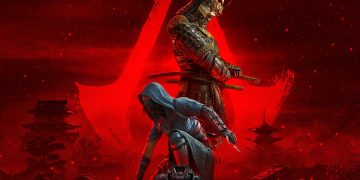
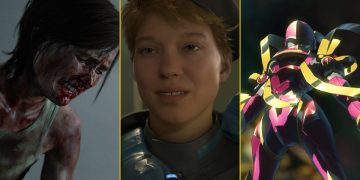


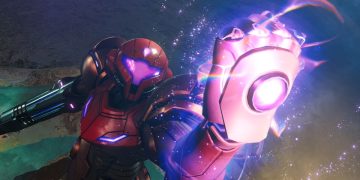
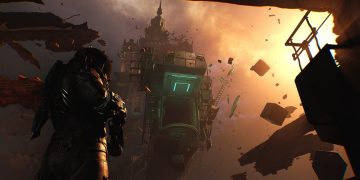
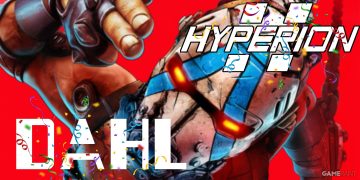
![[FREE Game] Ruffy and the Riverside Giveaway (PlayStation 5 – North America) [FREE Game] Ruffy and the Riverside Giveaway (PlayStation 5 – North America)](https://www.intergamerz.com/wp-content/uploads/2025/06/FREE-Game-Ruffy-and-the-Riverside-Giveaway-PlayStation-5-–-360x180.jpg)

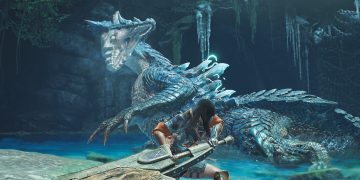
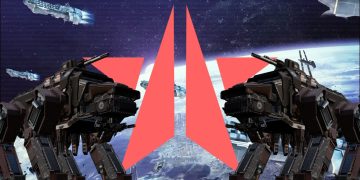
![[Title Rewrite] [Winners of FREE GAMES Giveaway] Hook: Complete Edition for Nintendo Switch [Title Rewrite] [Winners of FREE GAMES Giveaway] Hook: Complete Edition for Nintendo Switch](https://www.intergamerz.com/wp-content/uploads/2025/06/Free-Game-Offer-Hook-Complete-Edition-Giveaway-for-Nintendo-Switch-360x180.jpg)

































![[Complimentary Game] The Tale of Bistun for PlayStation 5 or Switch (North America) [Complimentary Game] The Tale of Bistun for PlayStation 5 or Switch (North America)](https://www.intergamerz.com/wp-content/uploads/2025/02/Complimentary-Game-The-Tale-of-Bistun-for-PlayStation-5-or-75x75.jpg)
